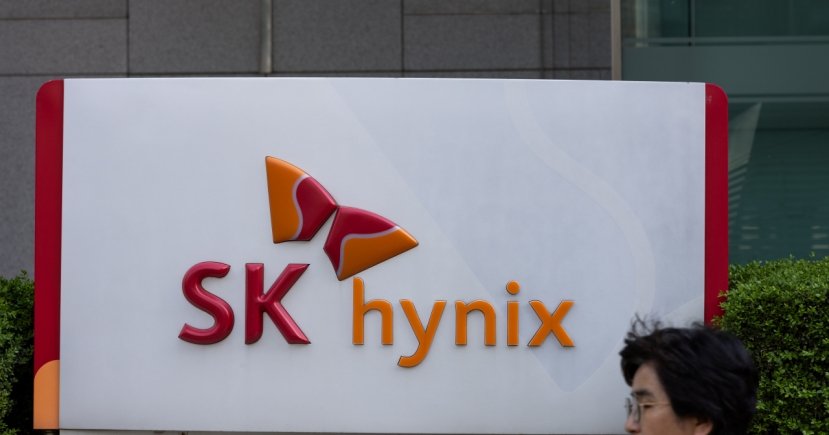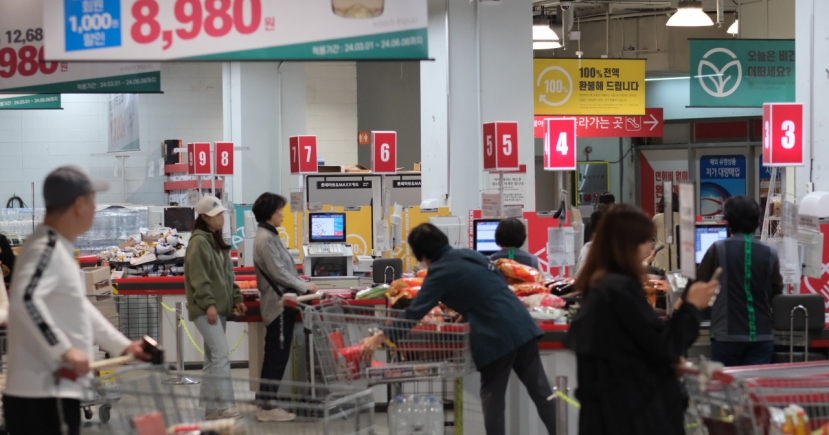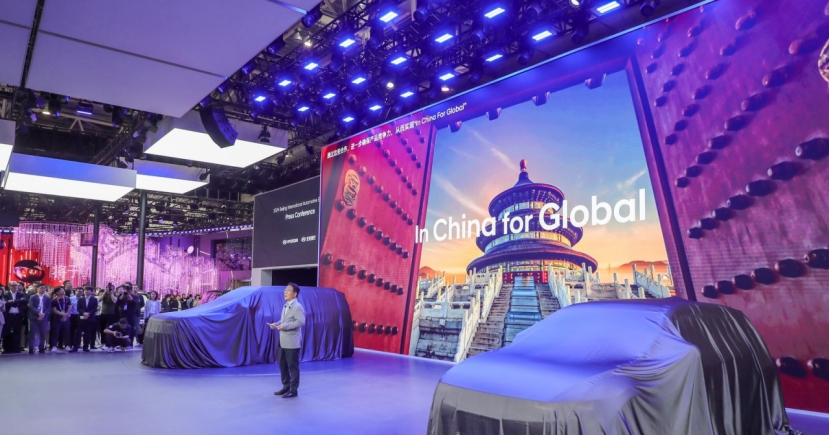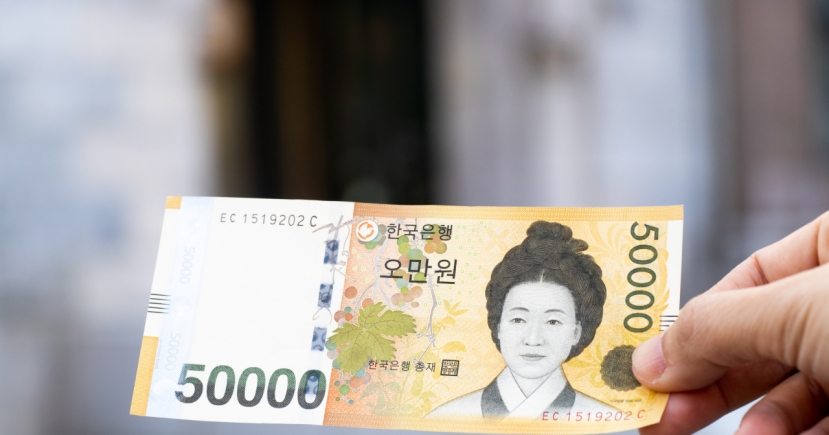Economy
NK claims success in new mid-range missile test
[THE INVESTOR] North Korea on Feb. 13 claimed success in its intermediate-range missile test a day ago, saying it proved the “reliability and security” of the “new strategic weapon system.”
The Pukguksong-2, which flew some 550 kilometers before falling into the East Sea, was a result of efforts led by leader Kim Jong-un to develop a land-based ballistic missile with a greater range built on the experiment of a submarine-launched ballistic missile last August, the official Korean Central News Agency said.
The young ruler himself observed the liftoff at the Banghyon launch site, expressing “great satisfaction over the possession of another powerful nuclear attack means,” the KCNA said.
South Korea, the US and Japan, which have issued strong condemnations, requested the UN Security Council convene an emergency meeting to discuss its response to the latest provocation, Seoul officials said. The session is expected Monday afternoon in New York.
“Now our rocket industry has radically turned into high thrust solid fuel-powered engine from liquid fuel rocket engine and rapidly developed into a development- and creation-oriented industry, not just copying samples,” the KCNA quoted Kim as saying.
“Thanks to the development of the new strategic weapon system, our People’s Army is capable of performing its strategic duties most accurate and rapidly in any space -- under waters or on the land.”
The Rodong Sinmun, another state mouthpiece, ran dozens of images of the leader, a new transporter-erector-launcher and the missile soaring from a cylindrical tube, spouting out flames.
The launch proved the “reliability and security” of the surface launch system powered by high thrust solid fuel engines, as well as the missile’s guidance and control features including during the re-entry phase, as it can be “tipped with a nuclear warhead,” the KCNA noted.
Solid fuel, which Pyongyang claimed to have developed last March for the first time, may boost the projectile’s mobility and make it more difficult to be detected before launch relative to liquid fuel.
South Korea’s Joint Chiefs of Staff acknowledged a fresh type of missile and solid fuel were used during the test, after mistakenly assessing Sunday it was an existing mid-range Rodong and then an advanced version of the longer-range Musudan.
The JCS had also spotted what the North said was a “caterpillar self-propelled missile launching truck,” an official told reporters.
Seoul officials, meanwhile, are ramping up diplomatic efforts to craft countermeasures both on international and regional levels, while continuing to send strong messages to the recalcitrant neighbor.
Acting President Hwang Kyo-ahn condemned the missile launch as a violation of UNSC resolutions and “grave provocation,” during a meeting with foreign investment firms earlier in the day, vowing to ensure a stable business environment and asking for active investment.
Foreign Minister Yun Byung-se, who is expected to meet with new US Secretary of State Rex Tillerson later this week in Bonn, Germany, called the test a “new level of provocation” and “preview” to further provocations.
Ministry of Unification spokesperson Jeong Joon-hee also said the experiment yet again underscored the “gravity of military and security threats” from across the border.
“What we should not overlook is that, as shown during the North’s announcement this morning, it is unwavering in its resolve for a nuclear weapons state ... and will continue provocations going forward,” he said at a regular news briefing.
The provocation will likely have an impact on the US’ Donald Trump administration, which is believed to be carrying out a review of North Korea policy. At a resort outing, the new president and Japanese Prime Minister Shinzo Abe hosted an urgent news conference and blasted the test.
With Pyongyang drawing closer to securing an intercontinental ballistic missile capable of striking the US mainland, Washington may seek to sharply toughen its line against the Kim regime including through secondary sanctions and military action, observers say.
Ahead of his confirmation, Tillerson also picked North Korea as a leading threat, pledging to adopt a “new strategy” that would keep “all options on the table, from the threat of military force to the willingness to remain open to diplomacy.”
Stephen Miller, Trump’s senior policy adviser, called the two leaders’ joint appearance “a show of strength,” adding the administration would be “sending another signal very soon” to Pyongyang.
“That signal is when we begin a great rebuilding of the armed forces of the United States,” Miller said in an interview with CBS on Sunday, which would show “unquestioned military strength beyond anything anyone can imagine.”
By Shin Hyon-hee/The(heeshin@heraldcorp.com)
The Pukguksong-2, which flew some 550 kilometers before falling into the East Sea, was a result of efforts led by leader Kim Jong-un to develop a land-based ballistic missile with a greater range built on the experiment of a submarine-launched ballistic missile last August, the official Korean Central News Agency said.
The young ruler himself observed the liftoff at the Banghyon launch site, expressing “great satisfaction over the possession of another powerful nuclear attack means,” the KCNA said.
South Korea, the US and Japan, which have issued strong condemnations, requested the UN Security Council convene an emergency meeting to discuss its response to the latest provocation, Seoul officials said. The session is expected Monday afternoon in New York.
“Now our rocket industry has radically turned into high thrust solid fuel-powered engine from liquid fuel rocket engine and rapidly developed into a development- and creation-oriented industry, not just copying samples,” the KCNA quoted Kim as saying.
“Thanks to the development of the new strategic weapon system, our People’s Army is capable of performing its strategic duties most accurate and rapidly in any space -- under waters or on the land.”
The Rodong Sinmun, another state mouthpiece, ran dozens of images of the leader, a new transporter-erector-launcher and the missile soaring from a cylindrical tube, spouting out flames.
The launch proved the “reliability and security” of the surface launch system powered by high thrust solid fuel engines, as well as the missile’s guidance and control features including during the re-entry phase, as it can be “tipped with a nuclear warhead,” the KCNA noted.
Solid fuel, which Pyongyang claimed to have developed last March for the first time, may boost the projectile’s mobility and make it more difficult to be detected before launch relative to liquid fuel.
South Korea’s Joint Chiefs of Staff acknowledged a fresh type of missile and solid fuel were used during the test, after mistakenly assessing Sunday it was an existing mid-range Rodong and then an advanced version of the longer-range Musudan.
The JCS had also spotted what the North said was a “caterpillar self-propelled missile launching truck,” an official told reporters.
Seoul officials, meanwhile, are ramping up diplomatic efforts to craft countermeasures both on international and regional levels, while continuing to send strong messages to the recalcitrant neighbor.
Acting President Hwang Kyo-ahn condemned the missile launch as a violation of UNSC resolutions and “grave provocation,” during a meeting with foreign investment firms earlier in the day, vowing to ensure a stable business environment and asking for active investment.
Foreign Minister Yun Byung-se, who is expected to meet with new US Secretary of State Rex Tillerson later this week in Bonn, Germany, called the test a “new level of provocation” and “preview” to further provocations.
Ministry of Unification spokesperson Jeong Joon-hee also said the experiment yet again underscored the “gravity of military and security threats” from across the border.
“What we should not overlook is that, as shown during the North’s announcement this morning, it is unwavering in its resolve for a nuclear weapons state ... and will continue provocations going forward,” he said at a regular news briefing.
The provocation will likely have an impact on the US’ Donald Trump administration, which is believed to be carrying out a review of North Korea policy. At a resort outing, the new president and Japanese Prime Minister Shinzo Abe hosted an urgent news conference and blasted the test.
With Pyongyang drawing closer to securing an intercontinental ballistic missile capable of striking the US mainland, Washington may seek to sharply toughen its line against the Kim regime including through secondary sanctions and military action, observers say.
Ahead of his confirmation, Tillerson also picked North Korea as a leading threat, pledging to adopt a “new strategy” that would keep “all options on the table, from the threat of military force to the willingness to remain open to diplomacy.”
Stephen Miller, Trump’s senior policy adviser, called the two leaders’ joint appearance “a show of strength,” adding the administration would be “sending another signal very soon” to Pyongyang.
“That signal is when we begin a great rebuilding of the armed forces of the United States,” Miller said in an interview with CBS on Sunday, which would show “unquestioned military strength beyond anything anyone can imagine.”
By Shin Hyon-hee/The(heeshin@heraldcorp.com)






![[KH Explains] Korean shipbuilding stocks rally: Real growth or bubble?](http://res.heraldm.com/phpwas/restmb_idxmake.php?idx=151&simg=/content/image/2024/04/25/20240425050656_0.jpg)
![[Hello India] Hyundai Motor vows to boost 'clean mobility' in India](http://res.heraldm.com/phpwas/restmb_idxmake.php?idx=151&simg=/content/image/2024/04/25/20240425050672_0.jpg)
